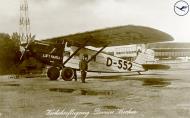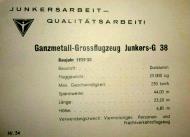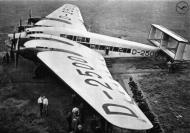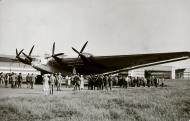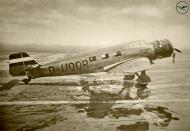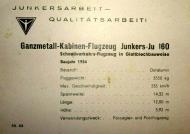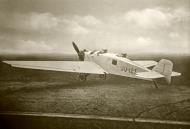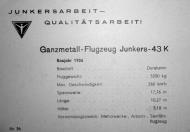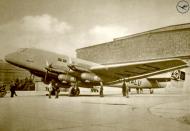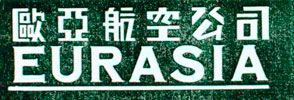Civilian operated Junkers Ju 52 photo gallery
Danish Airlines DDL Junkers Ju 52/3m civil OT-DAL Det Danske Luftfartselskab web 01
Eurasia Junkers Ju 52/3m airliner subsidiary of the German Lufthansa EU-AGE China 1935 01
Eurasia Junkers Ju 52/3m airliner subsidiary of the German Lufthansa EU-XV ex D-ANYK China 1935 01
Eurasia Junkers Ju 52/3m airliner subsidiary of the German Lufthansa EU-XVII ex D-AGES China 1935 01
Eurasia Junkers Ju 52/3m airliner subsidiary of the German Lufthansa EU-XXIV China 1935 0A
Artwork Junkers Ju 52.3m airliner Eurasia EU XXIV China 1935 0A
Eurasia Serial: XXIV This airplane was one of four airplanes located at Hong Kong's civilian airport during the Japanese attack on the colony in December of 1941. The airplanes were registered to the Chinese-German 'Eurasia' company. The four Ju.52's in Hong Kong were XIX, XXII, XXIV and XV. XV survived the Japanese bombings, the other three were destroyed.
Profile Source: Artist: © Arvo L.Vercamer Source: Sent by Arvo Vercamer
Finnair Aero OY Junkers G24(W) civil K-SALC WNr 919 Suomi Stockholm Lindarangen Seaplane web 01
Finnair Aero OY Junkers Ju 52/3m(W) civil OH-ALK WNr 4014 named Sampo Katajanokka Airport Jun 1932
Finnair Aero OY Junkers Ju 52/3m(W) civil OH-ALK WNr 4014 named Sampo Stockholm web 01
Finnair Aero OY Junkers Ju 52/3m(W) civil OH-ALK WNr 4014 named Sampo Stockholm wiki 01
Finnair Aero OY Junkers Ju 52/3m(W) civil OH-ALK WNr 4014 Stockholm wiki 02
Finnair Aero OY Junkers Ju 52/3m(W) civil OH-ALL named Kaleva wiki 01
Finnair Aero OY Junkers Ju 52/3m(W) civil OH-ALL named Kaleva wiki 02
Finnair Aero OY Junkers Ju 52/3m(W) civil OH-ALL taking off web 01
Finnair Aero OY Junkers Ju 52/3m(W) civil OH-ALL WNr 5494 named Kaleva 1936 01
Finnair Aero OY Junkers Ju 52/3m civil OH-LAO web 0A
Ibera Junkers Ju 52/3m civil EC-AAJ WNr 4073 became operation 1st Mar 1941 Spain 01
Ibera Junkers Ju 52/3m civil EC-AAL WNr 7017 became operation 1st Mar 1941 Spain 01
LOT Polish Airlines Junkers Ju 52/3m civil SP-AKX in Hungary 1930s
LOT Polish Airlines Junkers Ju 52/3m civil SP-AKX in the 1930s web 01
Lufthansa D-ABIK Junkers Ju 52 Kampfgruppe 1936 0A
Lufthansa Junkers Ju 52/3m airliner D-ABAN later to Eurasia China 1934 01
Lufthansa Junkers Ju 52/3mce civil D-2468 WNr 4019 Bad Reichenhall Germany 18 July 1933 web 01
Lufthansa Junkers Ju 52/3m civil D-AMYY WNr 5412 named Wilhem Siegert with J von Ribbentrop web 01
Lufthansa Junkers Ju 52/3m civil D-AMYY WNr 5412 named Wilhem Siegert with J von Ribbentrop web 02
Lufthansa Junkers Ju 52/3m civil D-ANYF WNr 4071 named Erich Pust web 01
Lufthansa Junkers Ju 52/3m D-AHIT WNr 4066 named Manfred v Richthofen was D-AGAL n Luftwaffe GCAE 01
Lufthansa Junkers Ju 52/3m D-AQIT WNr 5112 later Luftwaffe Stkz DDMG Regierungstaffel at Munchen 01
Lufthansa Junkers Ju 52/3m D-xQIT Bund 146 1974 021 11
Lufthansa Junkers Ju 52/3mge(W) civil D-ABIS WNr 4043 named Kurt Wolff web 01
Lufthansa Junkers Ju 52/3mge(W) civil D-AQUI WNr 5489 named Fritz Simon web 01
Lufthansa Junkers Ju 52/3mge civil D-2600 named Immelmann II Adolf Hitlers personal transport web 01
Lufthansa Junkers Ju 52/3mge civil D-AHUS WNr 4049 named Heinrich Kroll foreground web 01
Lufthansa Junkers Ju 52/3mge civil D-ARAM WNr 4041 D-3131 named Werner Voss web 01
Lufthansa Junkers Ju 52/3mge civil D-ARAM WNr 4041 D-3131 named Werner Voss web 02
Lufthansa Junkers Ju 52/3mge D-ALUS WNr 5210 later crashed Roubion France Feb 1939 wiki 01
Lufthansa Junkers Ju 52/3mge D-AMAM WNr 4037 named Kurt Wustoff Frankfurt Airport wiki 01
Lufthansa Junkers Ju 52/3mge D-ANAL WNr 4039 named Gustav Leffers at Bromma Airport 18 Mar 1941
Lufthansa Junkers Ju 52/3mge D-AXOS WNr 5023 named Oswald Boelcke wiki 01
Lufthansa Junkers Ju 52/3mge D-AXOS WNr 5023 named Oswald Boelcke wiki 02
Lufthansa Junkers Ju 52/3mge DLH civil D-APAR named Otto Parschau WNr 4040 ebay 01
Lufthansa Junkers Ju 52/3mho(W) D-AQAR WNr 4055 named Walter Hohndorf wiki 01
Lufthansa Junkers Ju 52/3mho D-AJYR WNr 4045 named E Schofer wiki 01
Lufthansa Junkers Ju 52/3m unknown registration code Bund 146 1979 106 30
Lufthansa Junkers Ju 52/3m unknown registration code Sep 1939 Bund 101I 397 0021 06A
Lufthansa Junkers Ju 52/3m unknown registration code Sep 1939 Bund 101I 397 0023 17
Lufthansa Junkers Ju 52/3m unknown registration code wiki 01
Lufthansa Junkers Ju 52/3m unknown registration code wiki 02
Lufthansa Junkers Ju G31 civil airliner D-1310 with twin tail design ebay 01
Lufthansa Junkers Ju G31 civil airliner D-1310 with twin tail design ebay 02
Lufthansa passengers pose for photos when travel by air was a experiance of a lift time 01
Lufthansa passengers pose for photos when travel by air was a experiance of a lift time 02
Malert Magyar Legiforgalmi Rt Junkers Ju 52/3mg3e civil HA-JUA WNr 5523 at Budaors Airport Hungary
Malert Magyar Legiforgalmi Rt Junkers Ju 52/3mg3e civil HA-JUA WNr 5523 named Kaszala Karoly wiki 01
Norwegian airline DNL Junkers Ju 52/3m(W) civil LN-DAE 01
Norwegian airline DNL Junkers Ju 52/3m(W) civil LN-DAF at Haugesund Airport Storesundsskjaer 01
Norwegian airline DNL Junkers Ju 52/3m(W) civil LN-DAF at Stavanger Airport Sola 1937 01
Norwegian airline DNL Junkers Ju 52/3m(W) civil LN-DAF named Hauken at Oslo 01
Norwegian airline DNL Junkers Ju 52/3m(W) civil LN-DAF named Hauken in flight 01
Norwegian airline DNL Junkers Ju 52/3m(W) civil LN-DAF named Najaden at Oslo Airport 01
Norwegian airline DNL Junkers Ju 52/3m(W) civil LN-DAH post war Norway 1945 01
Norwegian airline DNL Junkers Ju 52/3m(W) civil LN-DAH post war Norway 1945 02
Norwegian airline DNL Junkers Ju 52/3m(W) civil LN-DAI at Gressholmen Airport Oslo Norway 01
Norwegian airline DNL Junkers Ju 52/3m(W) civil LN-DAI at Gressholmen Airport Oslo Norway 02
Norwegian airline DNL Junkers Ju 52/3m(W) civil LN-DAI at Oslo Airport 1 Jul 1939 01
Norwegian airline DNL Junkers Ju 52/3m(W) civil LN-DAI named Hauken 01
Norwegian airline DNL Junkers Ju 52/3m(W) civil LN-KAB WNr 7229 post war Norway 1945 01
Norwegian airline DNL Junkers Ju 52/3m(W) civil LN-xxx taking off web 01
Norwegian airline DNL Junkers Ju 52/3m civil LN-DAF named Najaden with no floats 01
PoAF Junkers Ju 52/3m Portuguese Air Force 6304 in Vila Nova da Barquinha Tancos Portugal 01
South African Airways SAA Junkers Ju 52 George Airfield 1939 01
South African Airways ZA-AFA, ZA-AFB and ZA-AFC on their delivery flight over the Transvaal Highveld 1st Nov 1934. South African Airways received their first three Junkers Ju 52’s on 1 November 1934 ZA-AFA (Jan van Riebeeck), ZA-AFB (Lord Charles Somerset) and ZA-AFC (Simon van der Stel) on their delivery flight over the Transvaal Highveld
Swedish AB Aerotransport ABA Junkers Ju 52/3m civil SE-ADR named Sodermanland 01
Swedish AB Aerotransport ABA Junkers Ju 52/3m civil SE-ADR named Sodermanland 02
Swedish AB Aerotransport ABA Junkers Ju 52/3m civil SE-ADR named Sodermanland 03
Swedish AB Aerotransport ABA Junkers Ju 52/3m civil SE-ADR named Sodermanland 04
Swedish AB Aerotransport ABA Junkers Ju 52/3m civil SE-ADR used by the Swedish AIr Force 01
Swedish AB Aerotransport ABA Junkers Ju 52/3m civil SE-xxx at Turku Artukaisten Airport in the 1930s
Swiss Air Force Junkers Ju 52 A701 presevered in flight over Switzerland web 01
Swiss Air Force Junkers Ju 52 A-701 presevered in flight over Switzerland web 02
Swiss Air Force Junkers Ju 52 A-702 at Dubendorf Switzerland web 01
Swiss Air Force Junkers Ju 52 A-702 presevered at Dubendorf Switzerland web 01
Swiss Air Force Junkers Ju 52 A-702 presevered in flight over Switzerland web 01
Swiss Air Force Junkers Ju 52 A-703 presevered in flight over Switzerland web 01
Swiss Air Force Junkers Ju 52 A-703 presevered in flight over Switzerland web 02
Swiss Airlines Junkers Ju 52/3m civil HB-HOP Ju Air taken at Samedan airfield web 01
Swiss Airlines Junkers Ju 52 HB-HOP at Switzerland web 01
VASP Viacao Aerea Sao Paulo Junkers Ju 52/3m civil PP SPD Brazil web 01
Vinatge Junkers Ju 86 V4 performance data sheet in German 1934 web 01
Vinatge Junkers Ju 86 V4 WNr 4904 D-AREV passenger prototype named Dresden ebay 01
Vinatge Klemm Kl 25 D-EZUN training aircraft at Halberstadt Airfield 1935 ebay 01
Vintage BFW (Messerschmitt) M20 with Bielefeld Leinen D-EJIT Borkum Germany web 01
Vintage BFW (Messerschmitt) M20 with Lufthansa D-UREK Boblingen Germany 1936 web 01 web 01
Vintage Dornier Do B Merkur I with Lufthansa named Gepard D-552 Rohrbach Germany web 01
Vintage Junkers G38 performance data sheet in German 1929 web 01
Vintage Junkers G38 with DLH Lufthansa D-2500 Germany wiki 01
Vintage Junkers Ju 160A0 WNr 4209 with DLH Lufthansa named Lowe D-UQOR Germany web 01
Vintage Junkers Ju 160 performance data sheet in German 1934 web 01
Vintage Junkers Ju 43K Ju 123 was the Military version of the Ju W34 web 01
Vintage Junkers Ju 43K performance data sheet in German 1926 web 01
Vintage Junkers Ju 90V1 performance data sheet in German 1937 web 01
Vintage Junkers Ju 90V1 WNr 4913 with Lufthansa D-AALU Germany web 01
Junkers Ju 52 Trimotor transport aircraft
- Role: Transport aircraft
- Manufacturer: Junkers
- Designer: Ernst Zindel
- First flight: 13 October 1930 (Ju 52/1m); 7 March 1932 (Ju 52/3m)
- Primary user: Luftwaffe
- Produced: 1931–1945 (Germany), 1945–1947 (France), 1945–1952 (Spain)
- Number built: 4,845
The Junkers Ju 52 (nicknamed Tante Ju ('Auntie Ju') and Iron Annie) was a German trimotor transport aircraft manufactured from 1932 to 1945. It saw both civilian and military service during the 1930s and 1940s. In a civilian role, it flew with over 12 air carriers including Swissair and Deutsche Luft Hansa as an airliner and freight hauler. In a military role, it flew with the Luftwaffe as a troop and cargo transport and briefly as a medium bomber. The Ju 52 continued in postwar service with military and civilian air fleets well into the 1980s.
Operational history - Pre-war civil use
In 1932, James A. Richardson's Canadian Airways received (Werknummer 4006) CF-ARM, the sixth ever-built Ju 52/1m. The aircraft, was first re-engined with a Armstrong Siddeley Leopard radial engine and then later with a Rolls-Royce Buzzard and nicknamed the 'Flying Boxcar' in Canada,[3][4] could lift approximately three tons and had a maximum weight of 7 tonnes (8 tons). It was used to supply mining and other operations in remote areas with equipment too big and heavy for other aircraft then in use. The Ju 52/1m was able to land on wheels, skis or floats.[5]
The Colombian Air Force used three Ju-52/3mde bomber equipped as floatplanes during the Colombia-Peru War in 1932–33. After the war, the air force acquired three other Ju-52mge as transports; the type remained in service until after World War II.
Before the nationalisation of the German aircraft industry in 1935, the Ju 52/3m was produced principally as a 17-seat airliner. It was principally used by Luft Hansa and could fly from Berlin to Rome in eight hours. The fleet of Luft Hansa eventually numbered 80 and flew from Germany on routes in Europe, Asia and South America
Junkers Production Lists
Junkers Ju52
Ju52 ATG lines 1xxx and 2xxx/3xxx Ju52 Junkers lines 4xxx to 7xxxx Ju52 batches 130xxx and 180xxx Ju52 ATG lines 500xxx to 501xxx Ju52 Amiot lines 521xxx and 640xxx to 641xxx PIRT built Ju52s in Hungary Amiot AAC.1 Casa 352 Junkers Ju 252 / Ju352 Junkers Production List Overview.
Junkers Ju52 Production List
One of the first Ju 52 Production Lists was published by Heinz J. Nowarra in his book 'Ju 52 - Aircraft and Legende' in 1988. This list seems to be the basic plattform for a lot of dedicated Ju52 information. Even if Nowarra's informations are sometimes not absolute accurate we decided to add his informations in the Ju 52 Production List
Junkers Ju52 Production Rates:
Facility 1932 1933 1934 1935 1936 1937 1938 1939 1940 1941 1942 1943 1944 1945 1945 and later Total Remarks ATG 0 0 0 0 72 50 0 0 120 201 204 258 101 0 0 1006 c/n 2801-3462 / 500000-501000 Junkers 1 17 175 347 221 210 300 578 303 301 329 318 81 0 0 3181 c/n 4001-4199 5000-7800 Amiot 40 321 241 0 415 1017 c/n 521xxxx Casa 170 0 170 batches unknownn Weiss 24 0 0 24 batches unknownn Total 1 17 175 347 293 260 300 578 423 502 573 897 447 0 585 5398 .
One of Lufthansa's most well publicized achievements was a service to remote China. In February 1930, Lufthansa and the Chinese Transport Ministry signed a ten-year agreement for the operation of an airline called Eurasia, which would be operated by Lufthansa. Establishing service to China proved to be a big challenge for the Germans. There were no aerial maps of China, no radio stations, no repair shops, and no airports, only rudimentary landing strips. Although there were problems with the route—such as pilots getting lost because of navigational errors or pilots getting stranded for weeks without spare parts—the service proved to be commercially lucrative. By 1939, the Europe-China service extended over nearly 5,000 miles; Junkers aircraft had carried 52,000 passengers and over 2,000 tons of cargo. When the new Nazi government allied itself with the Japanese imperial government, the Chinese cut ties with Germany in 1941. It would be nearly 40 years before a German plane, a Lufthansa, would land again in a Chinese city.
Together Lufthansa Airlines and the Chinese Government formed Eurasia Aviation Corporation in February 1930. In 1934 Eurasia received their first of 9 Ju 52's. Ju 52 EU-XVII c/n 5104 originally was Lufthansa D-AGES named 'Otto Kissenberth'. On May 6, 1939 Japanese aircraft attacked Hanchung (Hanzhong) airfield strafing all the aircraft on the ground. EU-XVII was one of them and as a result burst into flames and was completely destroyed. In 1940 when Japan, Germany and Italy signed the Tripartite Pact the Chinese Government stopped operations of Eurasia and forced Germans out of the country.
EQUIPMENT OF THE EURASIA CORPORATION.
All the Eurasia lines have been operated, from the commencement of its activities to the present day, with all-metal planes, completely equipped with two.way radio apparatus and every device necessary to ensure flying efficiency and the safety of passengers. The first machines put into service by the company were two Junkers F-13 and two Junkers W-33 machines, which had already been tried in various parts of the world under the most rigorous and exacting conditions of commercial transport senice, and given outstanding proofs of satisfactory performance and airworthiness. These planes had been selected as being particularly suitable for the long-distance flights of the Eurasia air routes, the water-cooled motor of the Junkers LV 325 PS type being not only one of the most reliable but also exoeedingly economical and requiring the minimum of attention.
When the Manchuti run was suspended, however, and the flights to Sian and Lanchow su6tituted, these motors were found to be not high-powered enough to fly at full load with the requisite margin of safety over the high mountain ranges encounterci Some of these mountains are over r 2,000 feet high, while the Lanchow-Suchow ftgions are approximately 5,000 feet above sea-revel. Junkers W-34 planes, powered with the BMW-Hotnet motor of 525 PS, were there-fore purchased for the service. As a result of the improvement and expansion of the company's business during 1935, four more planes, the tri-motored Junkers Ju-52 which are capable of exceptional performances, were purchased and put into service in the second half of the year. Eurasia now possesses a fleet of nine planes, composed of five Junkers W-33 and W-34, and four Junkers JU-52. Brief speci- fications follow:-
TYPES OF AEROPLANES ON EURASIA SERVICE.
Date Particulars Pay Load Passenger Seats Type of Motor Number of Motors Horse-Power Cruising Speed 1931-1932 Junkers F13 420 kilos 4 PAX Water-Coole single engine 320 hp 160 km.p.h. 1932-1933 Junkers W-33 600 kilos 4 PAX Water-Coole single engine 320 hp 165 km.p.h. 1933-1934 Junkers W-34 610 kilos 6 PAX Air-Coole single engine 525 hp 210 km.p.h. 1935-1936 Junkers Ju 52/3m 2,000 kilos 15 PAX Air-Coole tri engined 1,980 hp 260 km.p.h. The excellence of the equipment and reliability of the Eurasia airways is amply borne out by the fact that the first forced landing in its history on account of motor trouble occurred after over 4,000 hours of flying-that is to say, after approximately 750,000 flown kilometres. In the first four years of Eurasia's operations, totalling 9,006 flying hours and 1,560,280 flown kflometres not one plane has suffered damage by reason of technical defects, and no fatal accident has ever overtaken a Eurasia passenger, though one plane unfortunately came to grief on November 27, 1935. This solitary accident in an other-wise clean record occurred when a Junkers monoplane, flying between Sian and Lanchow, crashed in making a forced landing due to ke forming on the wings~n occurrence responsible for a large proportion of cold-weather flying accidents in other parts of the world -and not attributable to any lack of skill or mechanical defect. To ensure greater safety, dine of the four new tri-motored Junkers aero-planes have now been placed in service on the Sian-Lanchow, Shanghai-Sian and Chengtu-Kunming routes, the fourth machine being kept in reserve. Considering that civil aviation in China is comparatively new, the Eurasia record is indeed a remarkable one, and will bear comparison with that of any other concern of its kind in the world.
While the company is forging ahead arid buying more modern, and better, planes, due attention is also being paid to the improvement of landing facilities and radio equipment, both so essential to safety in flying. The company has fully-quipped landing-fields at all stops along its routes-Shanghai, Nanking, Chengchow, Sian, Lanchow, Ninghsia, Paotow, Peiping, Hankow, Chengtu and Kunming-while along routes rendered difficult for flying either by the nature of terrain or severe climatic conditions, wireless stations are maintained at intermediate points, so that the machines are always in communication with ground stations en route throughout their flight. In Decembet, 1935, there were altogether 23 wireless stations at the regular airports and emergency landing-grounds, namely, Shanghai, Nanking, Chengcliow, Kwan Yin Tong, Sian, Pingliang, Lanchow, Liangchow, Ansi, Ninghsia, Paotow, Peiping, Hankow, Changsha, Hengyang, Tsengchow, Hsiuchow, Kwangchow (Canton), Hanchung, Kwangyuan, Soochow, Kwanghan and Chengtu. During 1936 five new wireless stations have been built at Suanwel, Fenghsien, Suifu, Kunming and Chingning. On the other hand the stations at Pingliang, Liangchow, Changsha, Hengyang, Tsengchow, Hsiuchow and Kwangchow have been suspended, as they were found to be unnecessary.
The principal function of all wireless stations is to maintain constant contact with machines in flight, report local weather conditions, and locate any plane which may have flown off its course. Furthermore, since June, 1934, local weather reports are sent out twice a day to assist meteorologists and aviators. These messages are collected by the Eurasia statton at Nanking and thence broadcast on a wave-length of 47 metres twice a day-at 8.45 a.nt and 2.45 p.m. Carrying aeronautical safety a step furthe; tests in "blind flying" were carried out in the summer of 1935. As a first step the "ground-to-air" system (direction-finders) was used along the Changsha-Canton section. The system was lately replaced by the "air-to-ground" (homing device) system, whkh enables pilots to fly unerringly to their destinations in fog and all kinds of weather. This method is now being wed along all the Eurasia air flnes.
As the distance between Shanghai and Chengtu is more than 2,000 kilornetres, with cotripulsory stops at Nanking, Chengchow and Sian, part of the journey has to be made after nightfall (during the winter season) if it is to be completed in one day. Eurasia therefore installed equipment for night-flying at Lunghwa station in Shanghai, immediately after the Sian-Chengtu line was opened in September, 1935. With the help of the homing equipmen; night-flying can without exaggeration be regarded as safe as flying during the daytime.
Jasionka, Poland Map
Magazine References: +
- Afonso, Aniceto and Carlos de Matos Gomes. Guerra Colonial (in Portuguese). Lisbon: Editorial Notícias, 2000. ISBN 972-46-1192-2.
- Blewett, R. Survivors (Aviation Classics). Coulsdon, UK: Gatwick Aviation Society, 2007. ISBN 978-0-9530413-4-3
- Green, William. Warplanes of the Third Reich. New York: Doubleday, 1972. ISBN 0-385-05782-2.
- Grey, Charles Gibson and Leonard Bridgman. Jane's All the World's Aircraft 1938. London: Newton Abott, David & Charles, 1972. ISBN 0-7153-5734-4.
- Hoffmann, Peter. Hitler's Personal Security: Protecting The Fuhrer 1921-1945. New York: Da Capo Press, 2000. ISBN 978-0-30680-947-7.
- Jackson, A.J.British Civil Aircraft 1919-59, Vol. 2. London: Putnam, 1960.
- Jane, Fred T. "The Junkers Ju 52/3m." Jane's Fighting Aircraft of World War II. London: Studio, 1946. ISBN 1-85170-493-0.
- Smith, J. R. and Antony L. Kay. German Aircraft of the Second World War. London: Putnam, 1972. ISBN 0-85177-836-4.
- Weal, John. Jagdgeschwader 27 'Afrika'. Oxford, UK: Osprey, 2003. ISBN 1-84176-538-4.
Magazine References: +
- Airfix Magazines (English) - http://www.airfix.com/
- Avions (French) - http://www.aerostories.org/~aerobiblio/rubrique10.html
- FlyPast (English) - http://www.flypast.com/
- Flugzeug Publikations GmbH (German) - http://vdmedien.com/flugzeug-publikations-gmbh-hersteller_verlag-vdm-heinz-nickel-33.html
- Flugzeug Classic (German) - http://www.flugzeugclassic.de/
- Klassiker (German) - http://shop.flugrevue.de/abo/klassiker-der-luftfahrt
- Le Fana de L'Aviation (French) - http://boutique.editions-lariviere.fr/site/abonnement-le-fana-de-l-aviation-626-4-6.html
- Le Fana de L'Aviation (French) - http://www.pdfmagazines.org/tags/Le+Fana+De+L+Aviation/
- Osprey (English) - http://www.ospreypublishing.com/
- Revi Magazines (Czech) - http://www.revi.cz/
Web References: +
- Photographic Site Airliners.net: http://www.airliners.net/
- United States Library of Congress's Prints and Photographs division under the digital ID fsa.8e00833
- Wikipedia, the free encyclopedia: http://en.wikipedia.org/wiki/Junkers_Ju_52
 Editor for Asisbiz: Matthew Laird Acred
Editor for Asisbiz: Matthew Laird Acred
If you love our website please donate so we can make this site even better !!


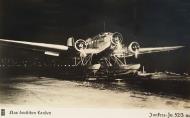
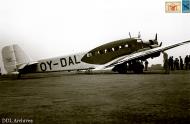
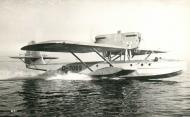
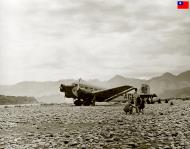
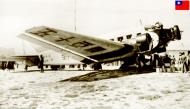


-civil-K-SALC-WNr-919-Suomi-Stockholm-Lindarangen-Seaplane-web-01.jpg)
-civil-OH-ALK-WNr-4014-named-Sampo-Katajanokka-Airport-Jun-1932.jpg)
-civil-OH-ALK-WNr-4014-named-Sampo-Stockholm-web-01.jpg)
-civil-OH-ALK-WNr-4014-named-Sampo-Stockholm-wiki-01.jpg)
-civil-OH-ALK-WNr-4014-Stockholm-wiki-02.jpg)
-civil-OH-ALL-named-Kaleva-wiki-01.jpg)
-civil-OH-ALL-named-Kaleva-wiki-02.jpg)
-civil-OH-ALL-taking-off-web-01.jpg)
-civil-OH-ALL-WNr-5494-named-Kaleva-1936-01.jpg)
-civil-OH-ALL-WNr-5494-named-Kaleva-1936-02.jpg)

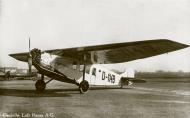
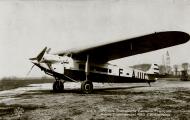
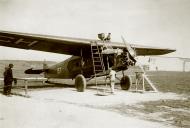
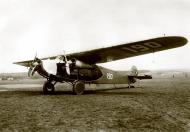
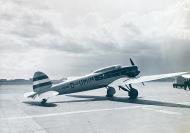
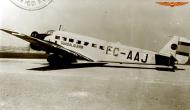
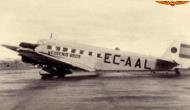
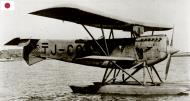
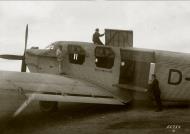

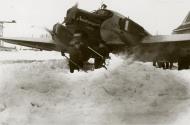
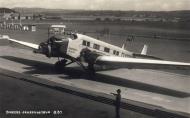

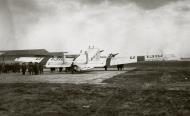
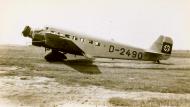
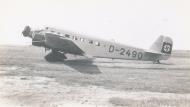
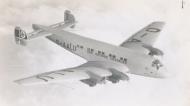
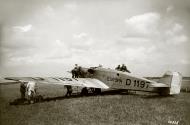
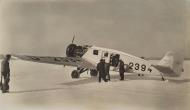
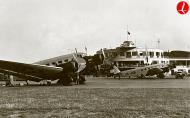

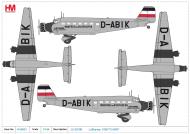
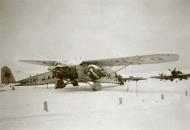
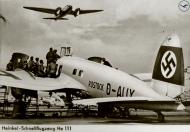
-civil-D-APOR-WNr-4079-named-Olaf-Bielenstein-at-Gressholmen-in-Oslo-wiki-01.jpg)
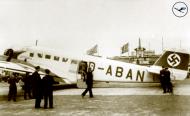
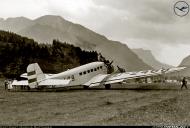
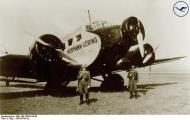
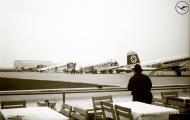
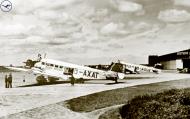
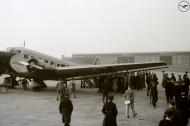
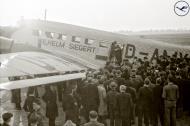
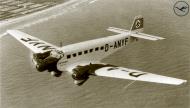
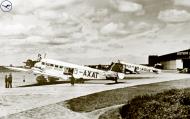
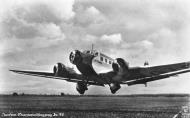
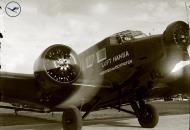
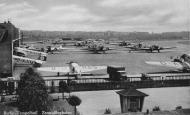
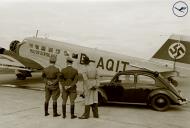
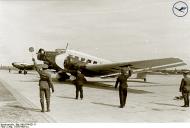
-civil-D-ABIS-WNr-4043-named-Kurt-Wolff-web-01.jpg)
-civil-D-AQUI-WNr-5489-named-Fritz-Simon-web-01.jpg)
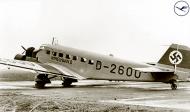
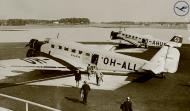
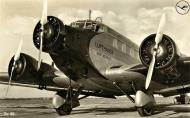
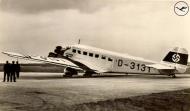
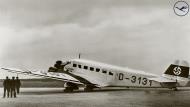
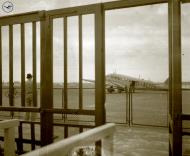
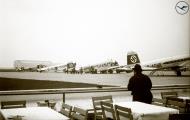
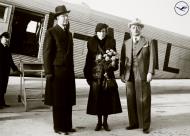
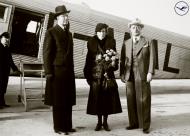
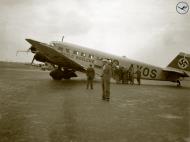
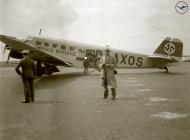
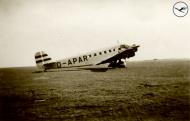
-D-AQAR-WNr-4055-named-Walter-Hohndorf-wiki-01.jpg)
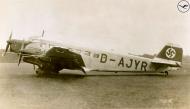
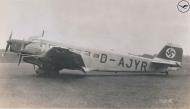
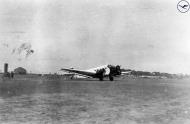

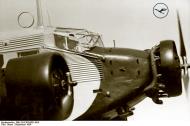
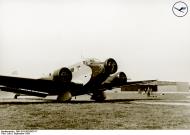

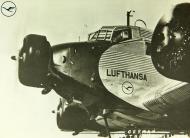
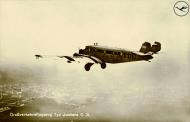
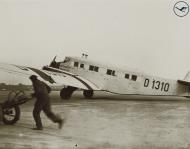
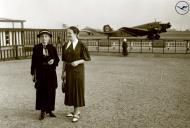
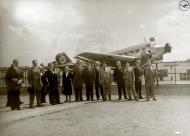
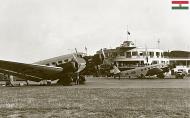
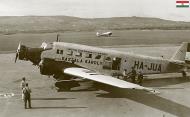
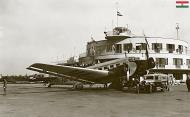
-civil-LN-DAE-01.jpg)
-civil-LN-DAF-at-Haugesund-Airport-Storesundsskjaer-01.jpg)
-civil-LN-DAF-at-Stavanger-Airport-Sola-1937-01.jpg)
-civil-LN-DAF-named-Hauken-at-Oslo-01.jpg)
-civil-LN-DAF-named-Hauken-in-flight-01.jpg)
-civil-LN-DAF-named-Najaden-at-Oslo-Airport-01.jpg)
-civil-LN-DAH-post-war-Norway-1945-01.jpg)
-civil-LN-DAH-post-war-Norway-1945-02.jpg)
-civil-LN-DAI-at-Gressholmen-Airport-Oslo-Norway-01.jpg)
-civil-LN-DAI-at-Gressholmen-Airport-Oslo-Norway-02.jpg)
-civil-LN-DAI-at-Oslo-Airport-1-Jul-1939-01.jpg)
-civil-LN-DAI-named-Hauken-01.jpg)
-civil-LN-Dxx-boarding-at-Gressholmen-Airport-in-Oslo-Norway-web-01.jpg)
-civil-LN-KAB-WNr-7229-post-war-Norway-1945-01.jpg)
-civil-LN-xxx-taking-off-web-01.jpg)
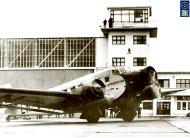
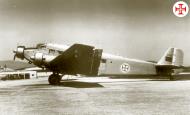
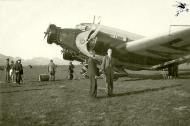
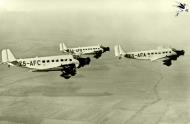
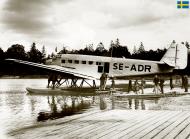
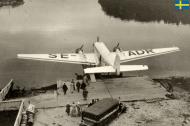
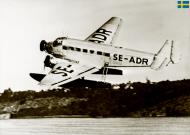
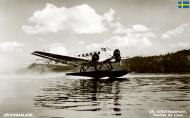
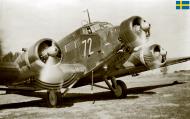
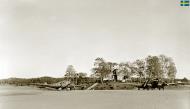
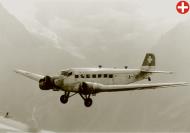
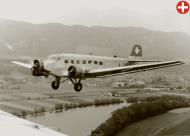
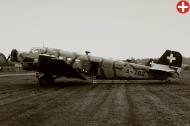
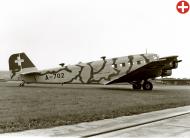
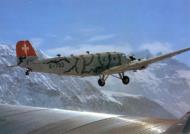
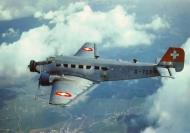
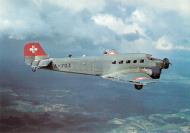
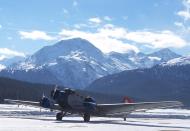
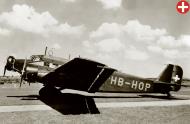
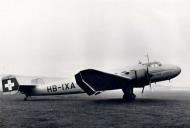
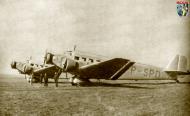
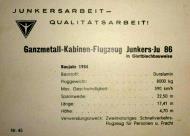
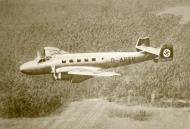
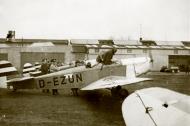
-M20-with-Bielefeld-Leinen-D-EJIT-Borkum-Germany-web-01.jpg)
-M20-with-Lufthansa-D-UREK-Boblingen-Germany-1936-web-01-web-01.jpg)
